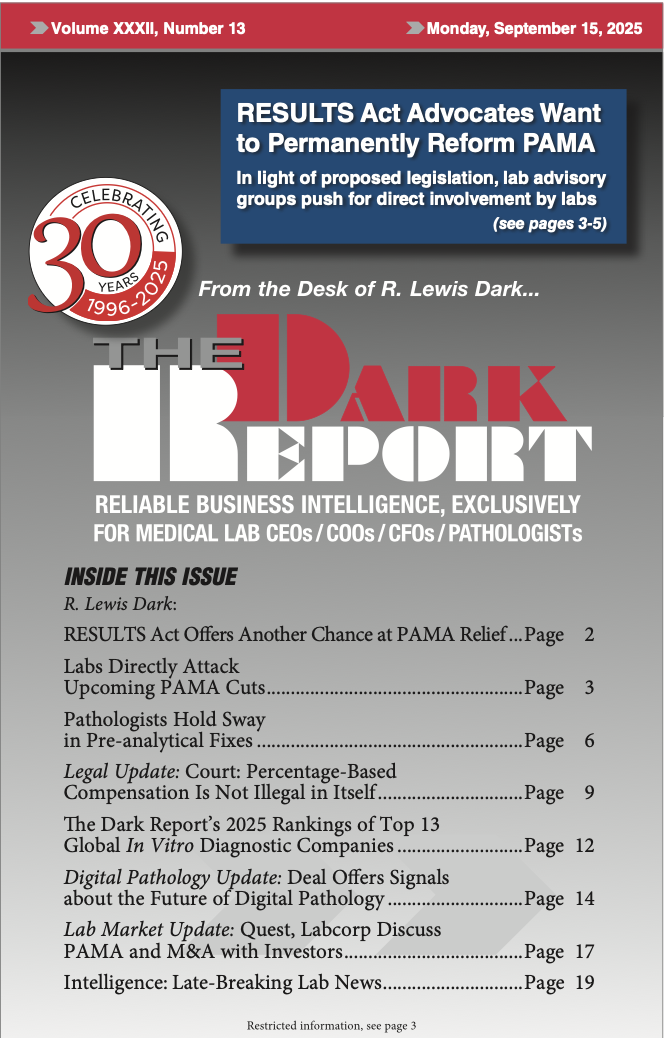TAG:
Histology
Histology
Histology is a branch of anatomy that deals with the study structure of animal and plant tissues that is only discernible with a microscope. It is also called microscopic anatomy, as opposed to gross anatomy, which involves structures that can be observed with the naked eye. The word “histology” is derived from two Greek words: histo, which means “tissue,” and logos, which means “study.”
Histopathology, the microscopic study of diseased tissue, is an important tool used in anatomical pathology, as accurate diagnosis of cancer and other diseases usually requires histopathological examination of samples.
Histological studies are often carried out by examining a thin slice (called a “section”) of tissue under a light microscope or an electron microscope on a prepared slide.
In order to distinguish different biological structures more easily and accurately, histological stains are often used to add colors to, or enhance the colors of, certain types of biological structures to allow them to be more easily differentiated from other types of structures. Staining is employed because biological tissue has little inherent contrast when observed using either light or electron microscopes.
Trained physicians, frequently licensed clinical pathologists, are the personnel who actually perform histopathological examinations and provide diagnostic information based on their observations of the tissues being tested.
The trained personnel who prepare histological specimens for examination may go by a number of titles, including:
- Histotechnician
- Histology technician (HT)
- Histology technologists (HTL)
- Medical scientists
- Medical laboratory technician
- Biomedical scientist
Their field of study is called histotechnology.
Histology has seen recent changes as technological advances in automation have influenced the field. Automation allows for the reduction of the workload of manual task needed to prepare and track histology specimens. Artificial intelligence also is playing a growing role in supporting the analysis of sections, supporting anatomic pathologists during their examinations of samples.
Acute Histotech Shortage Grows Across the USA
By Robert Michel | From the Volume XIII No. 16 – November 27, 2006 Issue
CEO SUMMARY: Pathology laboratories are enjoying steady increases in specimen volume and revenue as new molecular assays gain acceptance by clinicians. However, the supply of histotechnologists is failing to keep pace with growth in the volume of tissue-based testing. One executive who pl…
Pathology Lets the Oncology Cat Out of the Bag
By R. Lewis Dark | From the Volume XIII No. 15 – November 6, 2006 Issue
BECAUSE OF GENETIC TECHNOLOGY, the profession of anatomic pathology may be poised for a golden age. The range of new technologies and diagnostic assays heading for clinical use have the potential to give pathologists the ability to detect disease with greater precision. They will also allow pathologi…
Ventana & Cytyc Fall Short, Danaher Wins the Prize
By Robert Michel | From the Volume XIII No. 15 – November 6, 2006 Issue
WHEN Danaher Corporation’s high bid for Vision Systems Limited of Melbourne, Australia, was accepted last month, it appeared to be simply another acquisition by a large U.S. manufacturer. But, in fact, there are four reasons this transaction is significant to patho…
Some Random Insights About LabCorp’s Thinking
By Robert Michel | From the Volume XIII No. 13 – September 25, 2006 Issue
CEO SUMMARY: Having scooped up a number of mid-sized laboratory companies in recent years, Laboratory Corporation of America is working to integrate these operations and continue to expand its market share. In a recent conversation with financial analyst Bill Bonnello of Wachovia Securiti…
Office-Based Docs Want Anatomic Path Revenues
By Robert Michel | From the Volume XIII No. 9 – July 3, 2006 Issue
CEO SUMMARY: Specialist physicians think they’ve found gold in anatomic pathology services. Indifferent regions of the United States, urologists and gastroenterologists are taking active steps to cut themselves a piece from the anatomic pathology revenue pie. Some physician groups are b…
Labs Taught Physicians How to Do TC/PC Deals
By Robert Michel | From the Volume XIII No. 9 – July 3, 2006 Issue
CEO SUMMARY: As many pathology groups discover that their best urology and gastroenterology clients are taking serious steps to do their own anatomic pathology, they ask a basic question: How did their best-referring…
Technical/Professional Billing Triggers Strong Opinions
By Robert Michel | From the Volume XIII No. 9 – July 3, 2006 Issue
IT’S A TREND WHICH IS GAINING THE NOTICE of growing numbers of pathologists. Physician groups are taking steps to directly engage pathologists to diagnose cases. The term “TC/PC” is often used to describe situations where two different providers provide the technical component…
Many Trends in AP Spell Lots of Change Ahead
By Robert Michel | From the Volume XIII No. 2 – February 6, 2006 Issue
CEO SUMMARY: Every second year, THE DARK REPORT releases its list of key trends in anatomic pathology. These trends help shape an understanding about the state of the pathology profession. Our current list includes 11 identifiable trends. This is not an auspicious sign for pathologists wh…
Failure of AD Pathlabs: Structural Weakness?
By Robert Michel | From the Volume XIII No. 1 – January 16, 2006 Issue
CEO SUMMARY: AD PathLabs is the latest in a string of business disappointments. Over the past decade, a number of anatomic pathology companies have proven that they can grow rapidly—attracting substantial volumes of specimens. But these companies seem to hit a financial wall that leads …
Bio-Reference Labs Develops Regional & Niche Strategies
By Robert Michel | From the Volume XII No. 14 – October 3, 2005 Issue
CEO SUMMARY: Bio-Reference Laboratories, Inc. (BRLI) of Elmwood Park, New Jersey is a lab company on a roll. In just five years, it has grown from $66 million to more than $160 million in annual revenues. For regional laboratories across the country, BRLI’s business strategies demon…
CURRENT ISSUE

Volume XXXII, No. 13 – September 15, 2025
The Dark Report examines a new bill that would reform PAMA and avoid reimbursement rate cuts scheduled for January 2026. Clinical laboratory leaders are urged to make their voices heard in Congress. Also, an expert describes how labs can fix pre-analytical errors and avoid disaster.
See the full table of contentsHow Much Laboratory Business Intelligence Have You Missed?
Lab leaders rely on THE DARK REPORT for actionable intelligence on important developments in the business of laboratory testing. Maximize the money you make-and the money you keep! Best of all, it is released every three weeks!
Sign up for TDR Insider
Join the Dark Intelligence Group FREE and get TDR Insider FREE!
Never miss a single update on the issues that matter to you and your business.
Topics
- Anatomic Pathology
- Clinical Chemistry
- Clinical Laboratory
- Clinical Laboratory Trends
- Digital Pathology
- Genetic Testing
- In Vitro Diagnostics
- IVD/Lab Informatics
- Lab Intelligence
- Lab Marketplace
- Lab Risk & Compliance
- Laboratory Automation
- Laboratory Billing
- Laboratory Compliance
- Laboratory Equipment
- Laboratory Information Systems
- Laboratory Management
- Lean Six Sigma
- Managed Care Contracts
- Molecular Diagnostics
- Pathology Trends
- People
- Uncategorized

